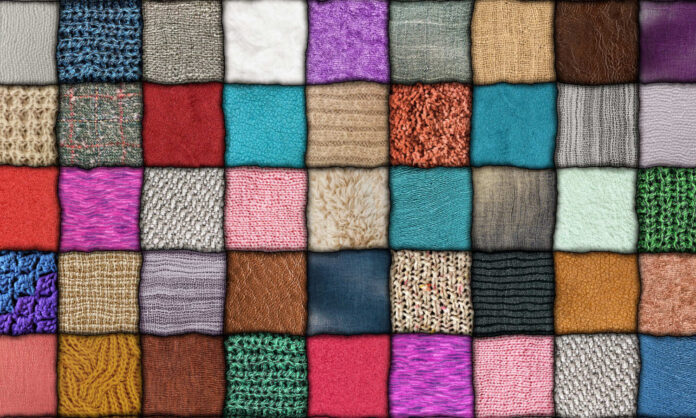
In a post on Writers Helping Writers, Jenny Hansen introduces a third type of writer occupying the space between plotters and pantsers: the Quilter. “Story Quilters are writers who divide books into individual scenes that they stitch together later into a cohesive story,” she explains.
Unlike plotters, who work from a thorough outline, and pantsers, who make up large portions of their story as they write, quilters envision their story as a number of individual scenes or stories, which they shuffle and connect until the story feels right. Why does this work for some people? For some writers, the idea of tackling a whole novel can be daunting, until stress becomes inaction. Writing shorter pieces that can be fit together later results in more manageable projects.
Hansen focuses on scenes, which she describes as an event that changes the character’s situation in a meaningful way. In other words, something happens, conflict causes change, and the main character responds in a meaningful way. Scene length varies, as will your definition. A quilter might write a few scenes that they string together to create a chapter, or you might be comfortable working in chapter-sized chunks. “The scenes don’t even have to be in order, they just have to be finite,” Hansen says.
Even if you’re not a quilter, writing scene by scene can be helpful if you get stuck. Instead of stewing over a difficult chapter, jump to a place in your story that inspires you. Use journaling to figure out your character’s next actions or some element from their background. These latter scenes might or might not fit into your story, but you can use them as background and see if they spark an idea for a troublesome area.











